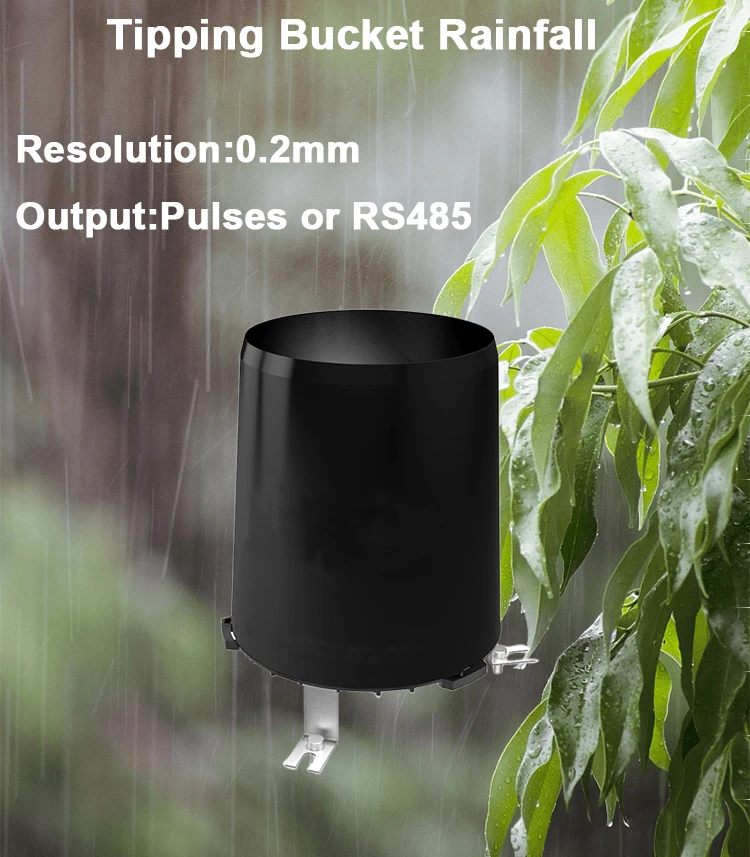Tipping Bucket Rain Gauge Diagram
The tipping bucket rain gauge is a common tool for measuring rainfall. It is known for its simple design. The device has a special tipping bucket and sensors that are connected to it.
The device lets rainwater flow into a bucket that tilts. When the bucket fills with enough rainwater, it tips over and spills out.
A sensor tracks this action. Each tip measures a certain amount of rain. You can find the total rainfall by counting the bucket tips.
Tipping Bucket Rain Gauges design
A common tipping bucket rain gauge has a surface that collects rain measurement. It also has a pipe that connects to the bucket. There is a device with a tilting bucket and a sensor. Rain that falls on the catchment surface flows through the pipe into the bucket.
Once the bucket fills to a set level, it tilts to let the water out. The sensor tracks this movement. This process is like a small sluice gate. World meteorological organization measure total rainfall by counting how many times the bucket tips over time.
Advantages of the Tipping Bucket Rain Gauge:
1. High Accuracy: The strong and simple design makes sure we get accurate rainfall data.
2. Automation: With digital recorders, it can log and store data automatically. It does not need human input.
3. Durability: Made from strong materials, it can last a long time in tough weather.
In summary, the tipping bucket mechanism rain gauge is a reliable tool for measured precipitation. Many weather stations, farmers, and water management systems use it a lot.
